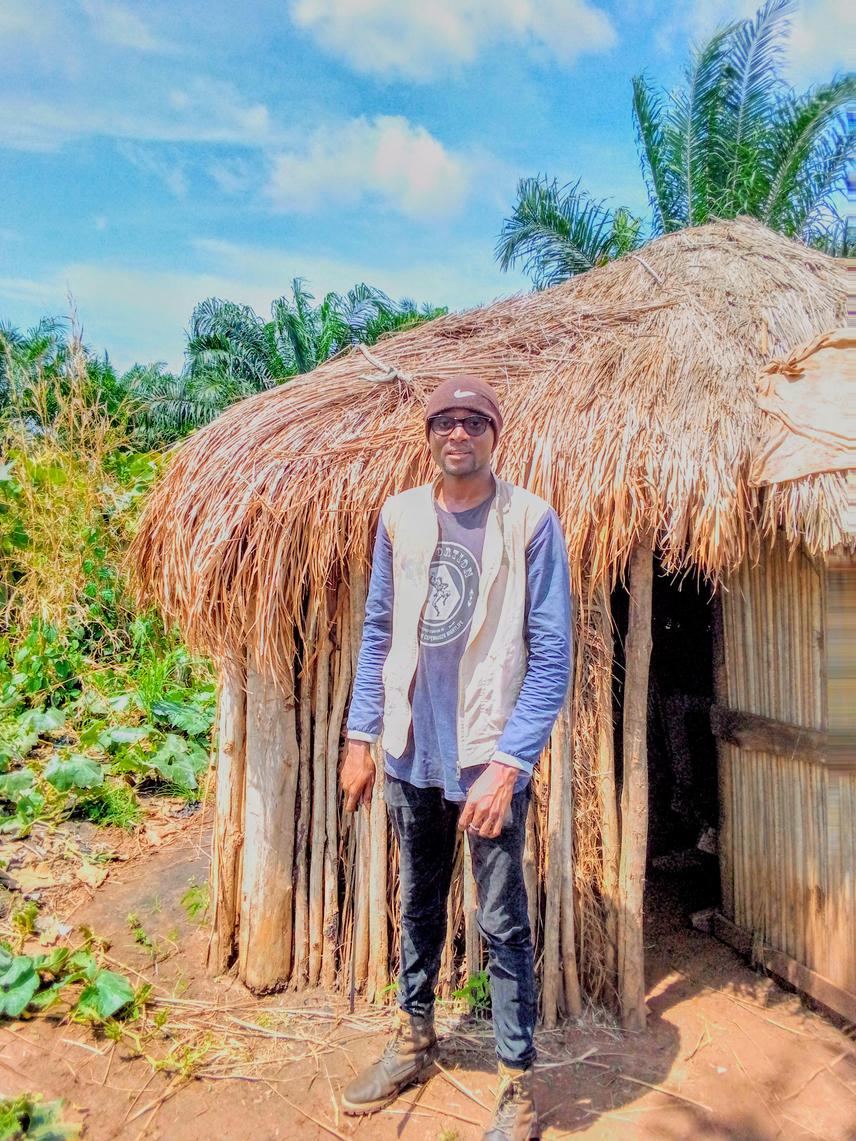Zoulkarneni Adamou
Community forests are one biodiversity conservation alternative in Benin, helping to reduce human pressure on protected areas and resources. They contain a wide variety of habitats and game species, especially small ones that are easier for hunters to transport. These game species are often an important source of protein for local African communities. However, they are associated with risks of zoonotic diseases. These diseases are transmitted through consumption or direct contact with animal body fluids during handling. During the recent Covid-19 pandemic, wild meat remained in demand in West Africa, particularly in Benin. Despite the health risks, wildmeat continues to be handled and consumed without precautions or sanitary measures.

A village of the Boe Tandou forest. ©Zoulkarnéni Adamou.
Controlling bushmeat consumption and trade has become a challenge for sustainable biodiversity conservation, but also for human health. In Benin, despite control measures, legislation and cases of infection, the activity continues to be developed by small-scale operators such as hunters, game vendors and consumers, especially around community forests. This project therefore aims to understand the drivers of bushmeat consumption and the changing perceptions of local communities during and after zoonotic outbreaks, to develop strategies to promote the sustainable and safe use of wildlife and reduce the health risks to people that are exposed. The project will be carried out in natural forests of Middle Ouémé under the CoForMO network such as the forest of Djowamon (commune of Ouèssè); the forests of Srouwédji, Okéméré, Idantè-Babawodè and Ifita (commune of Dassa-zoumé); the forest of Adjiba (commune of Glazoué); the forests of Oké-Olou 1 and Gogoro (commune of Savè); and the forest of Boé-Tandou in the commune of Tchaourou. These community forests are endowed with a great diversity of large and threatened mammal species. The result will help to guide sustainable wildlife conservation measures, identification of consumer preferences for wildlife, and increased awareness of the health risks and precautions necessary when handling and consuming wildlife.